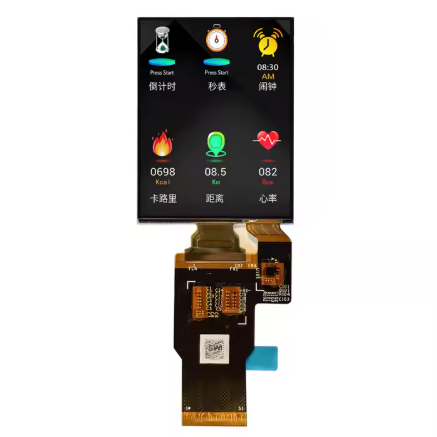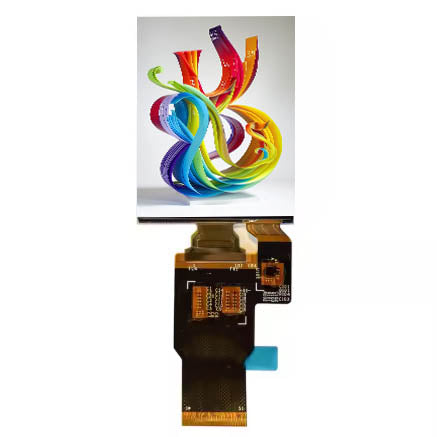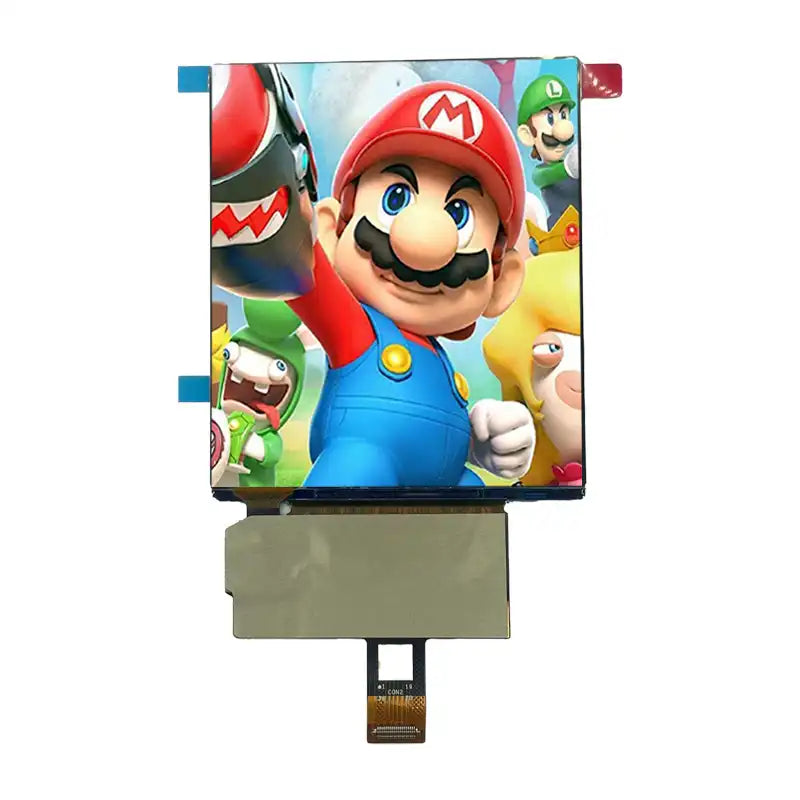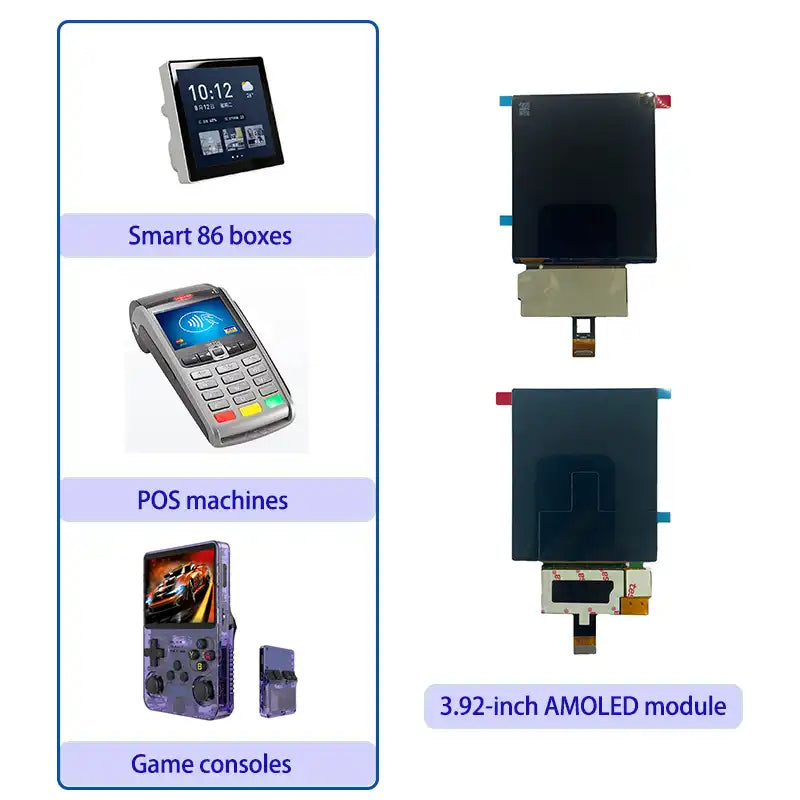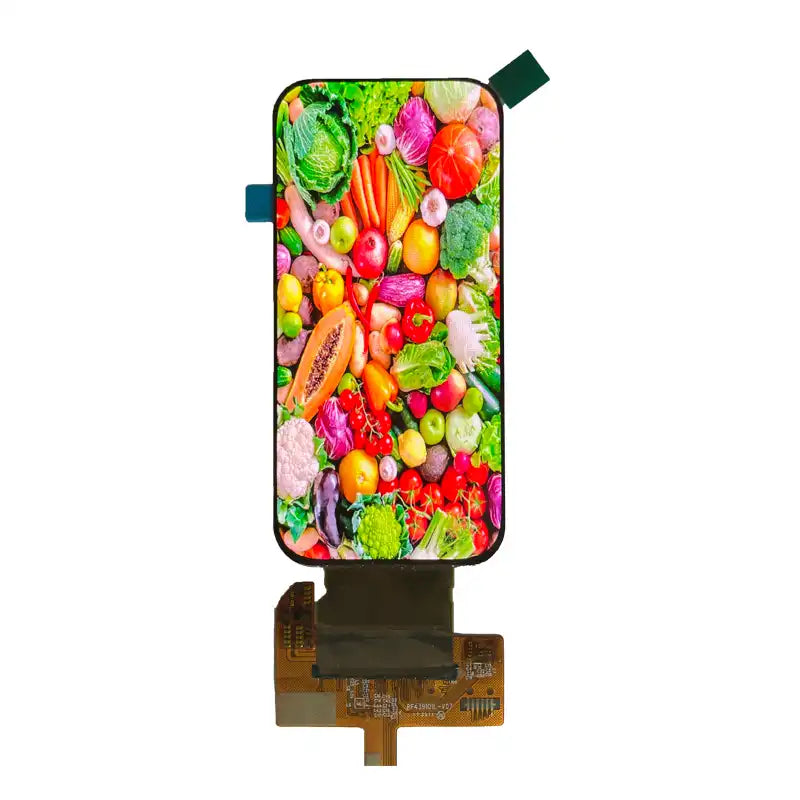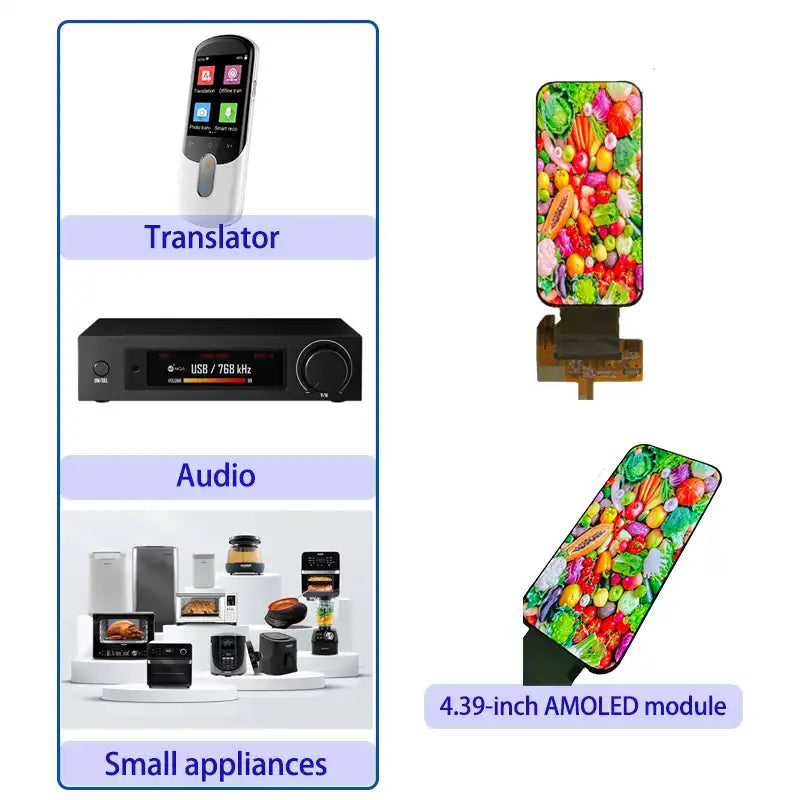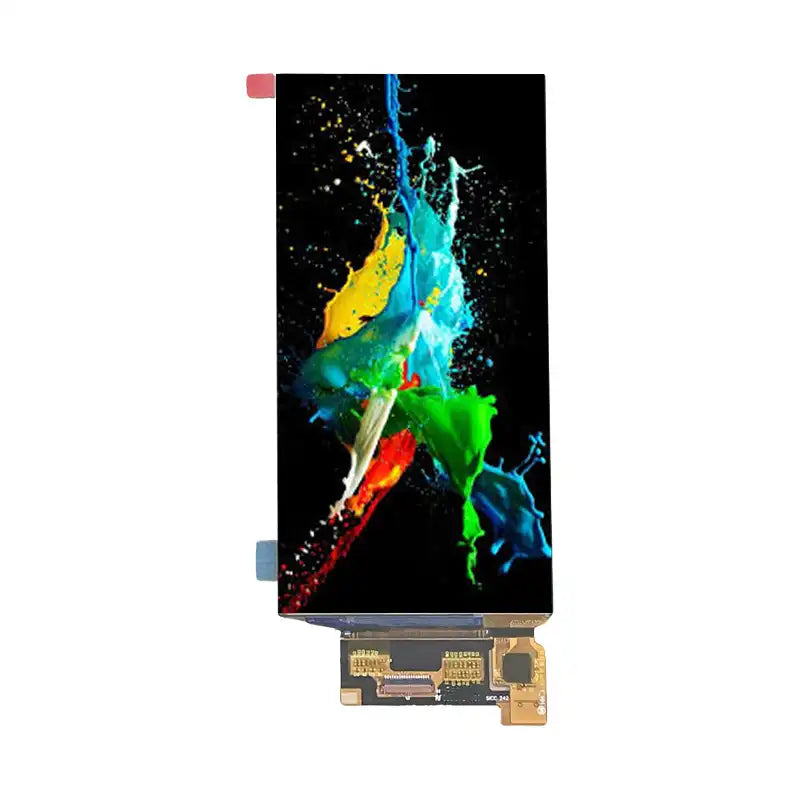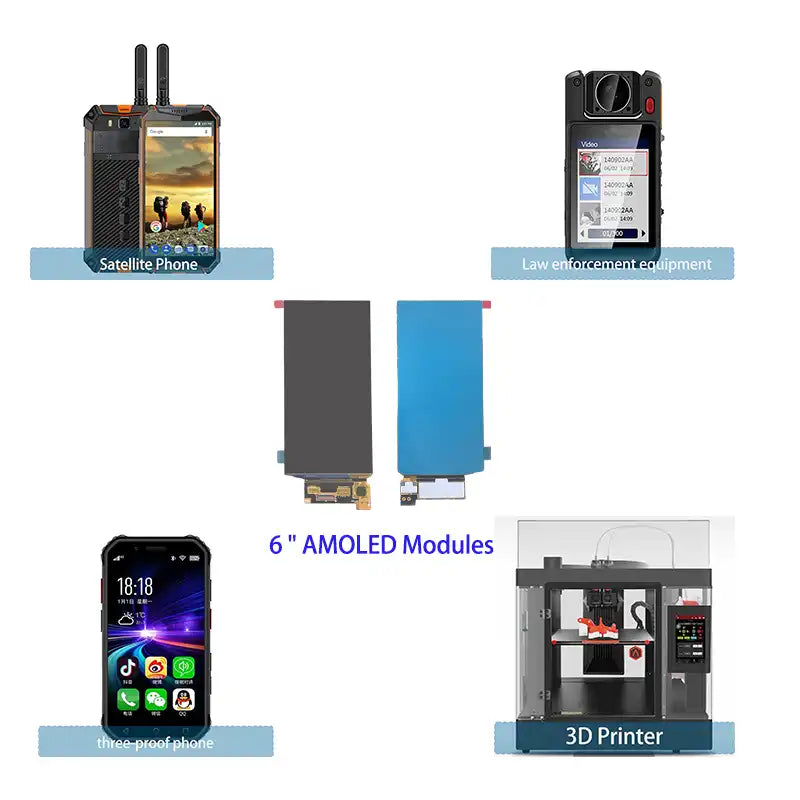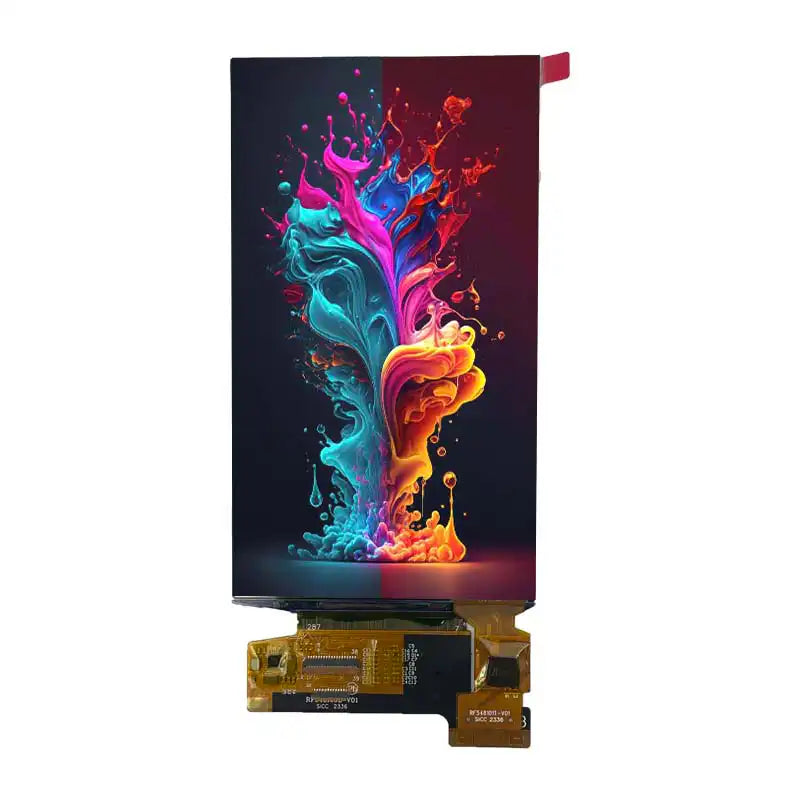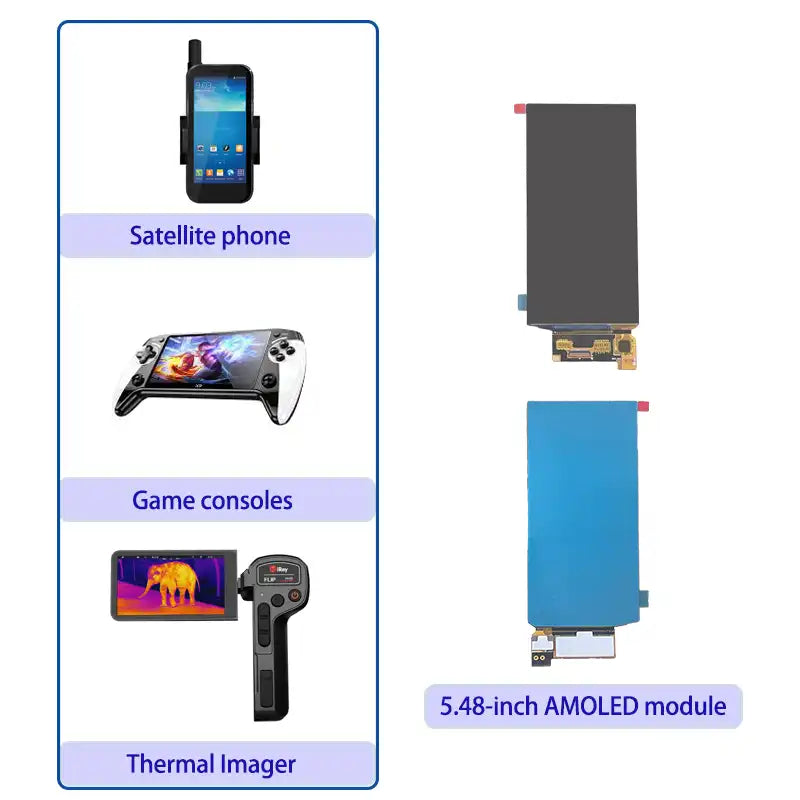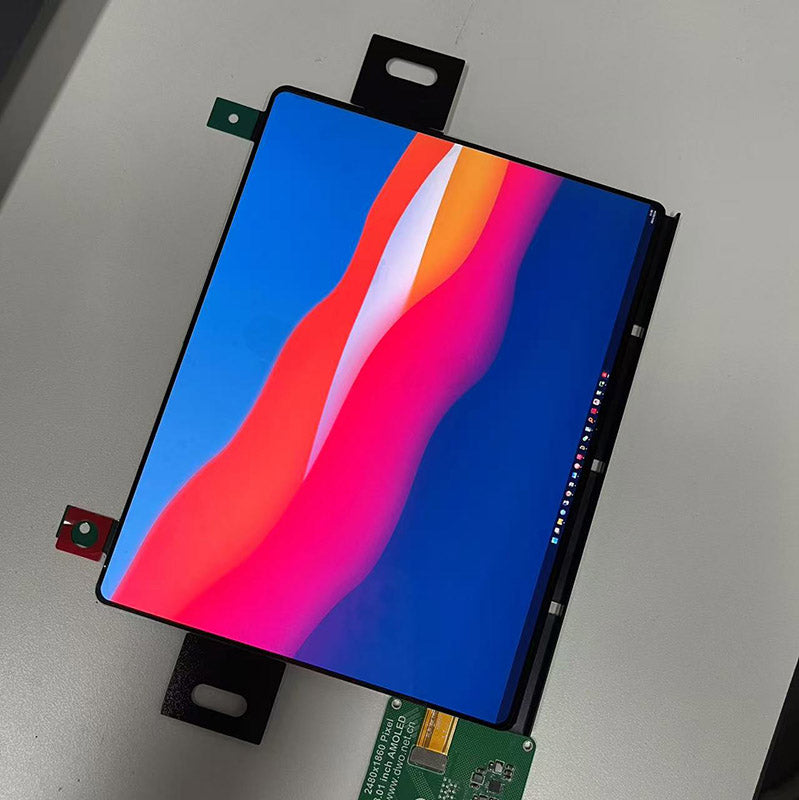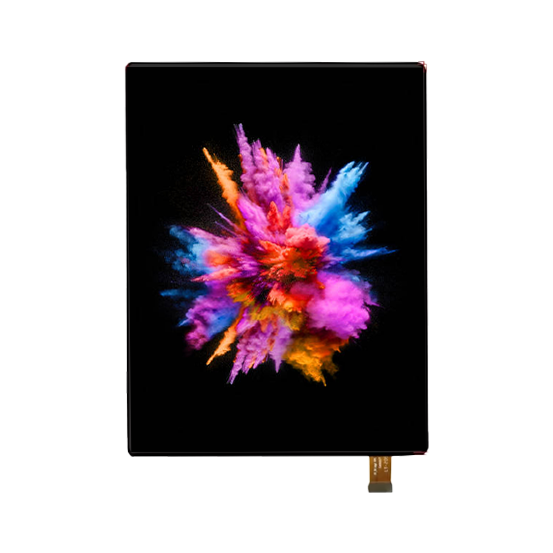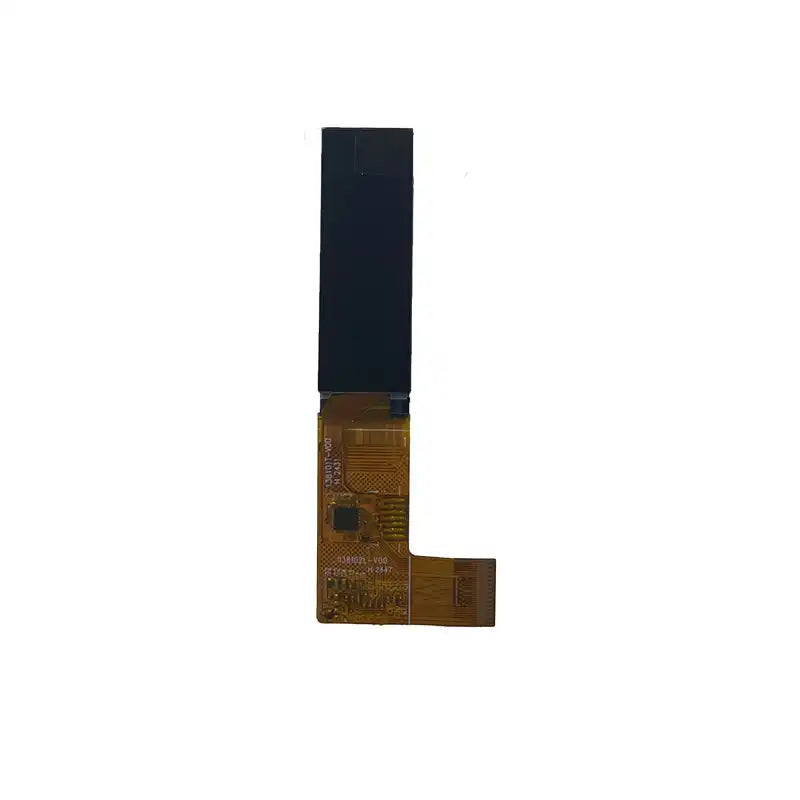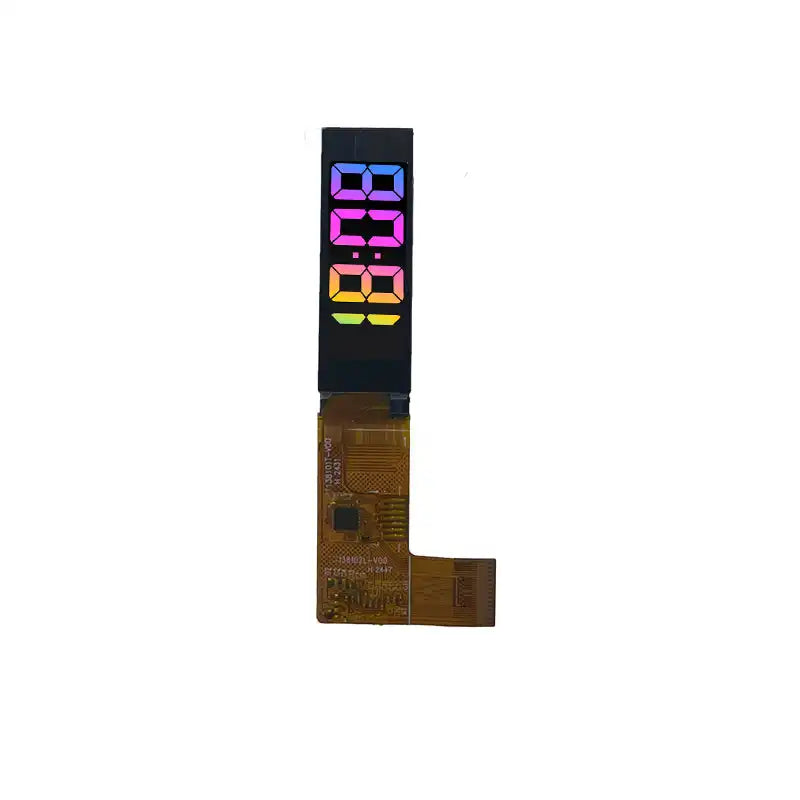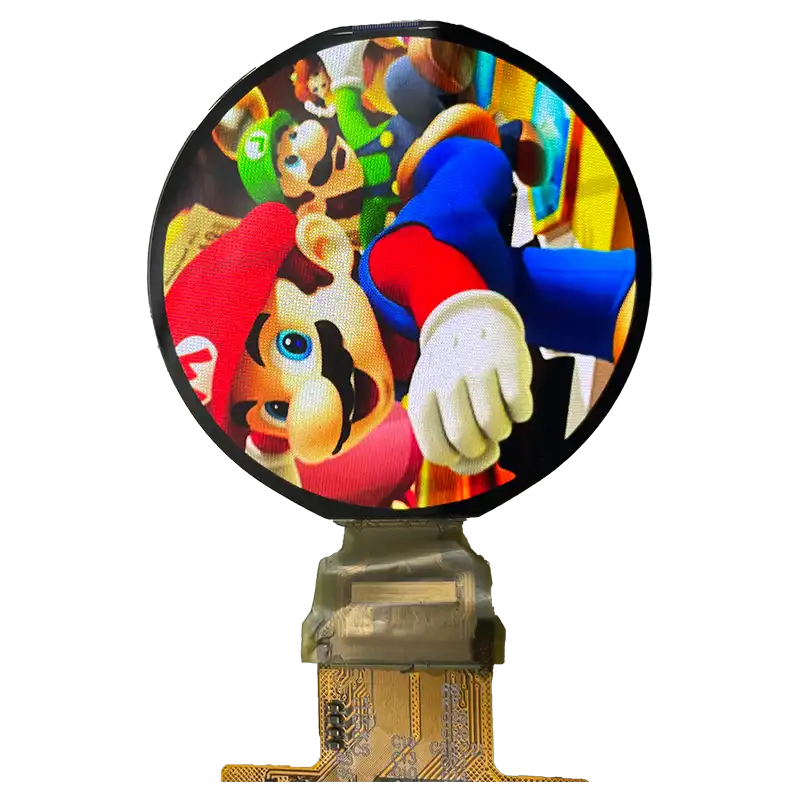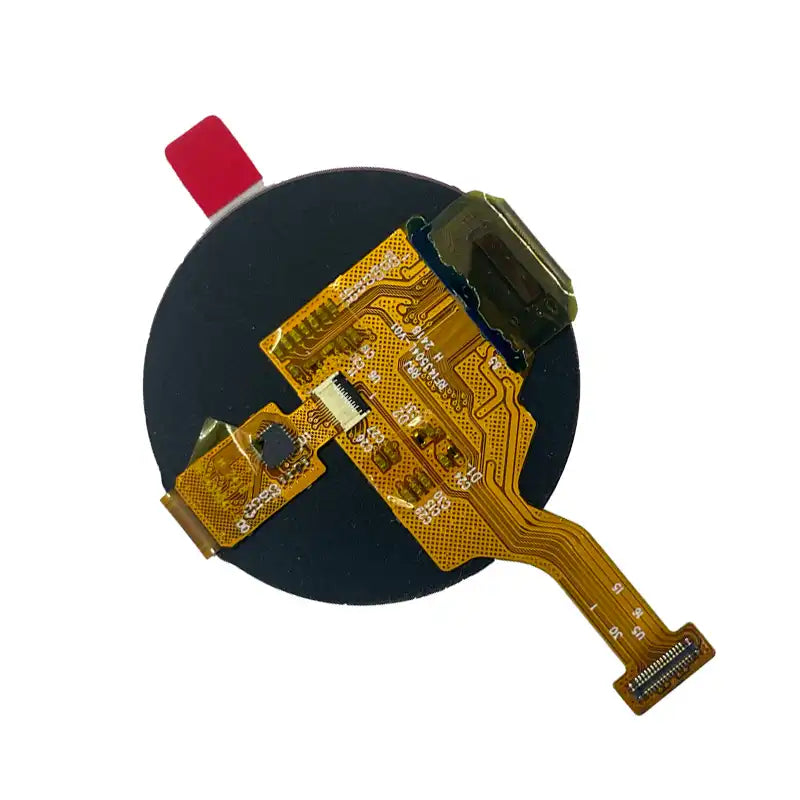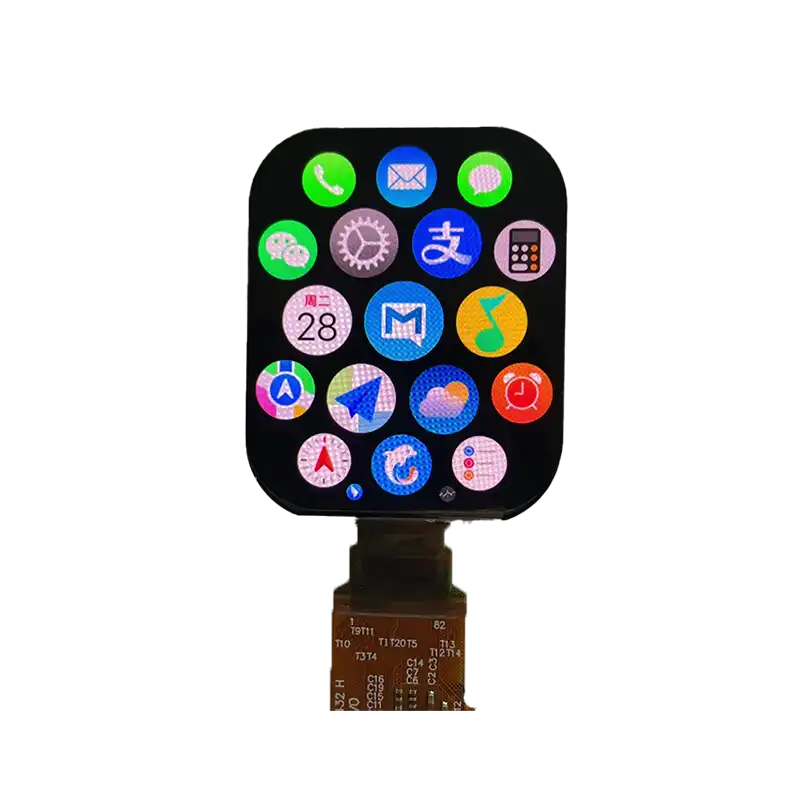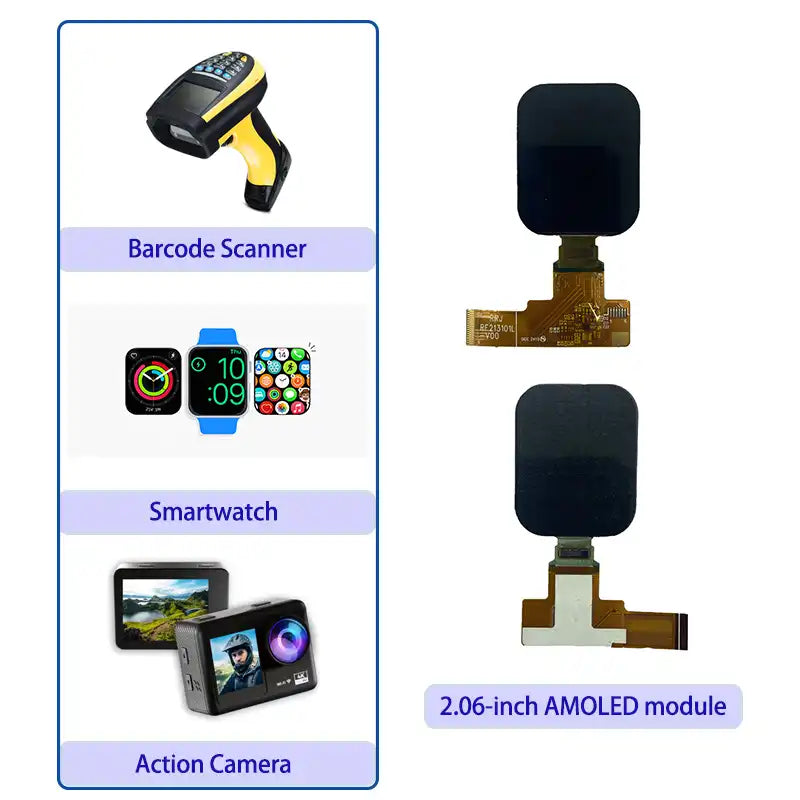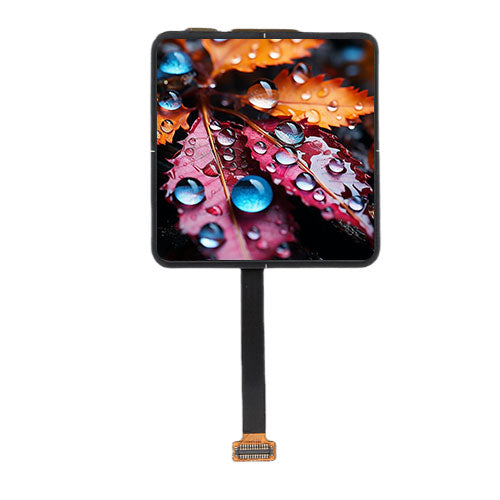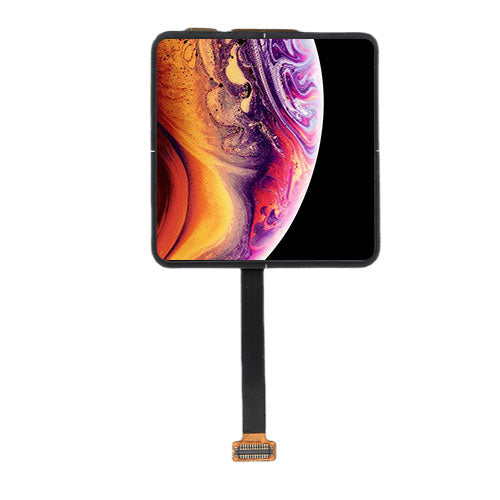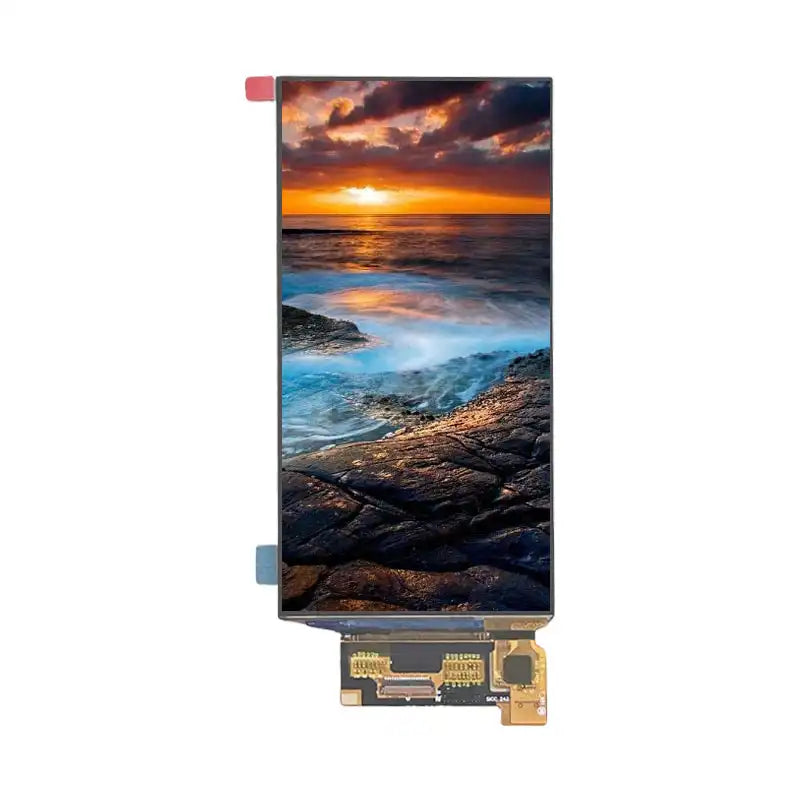
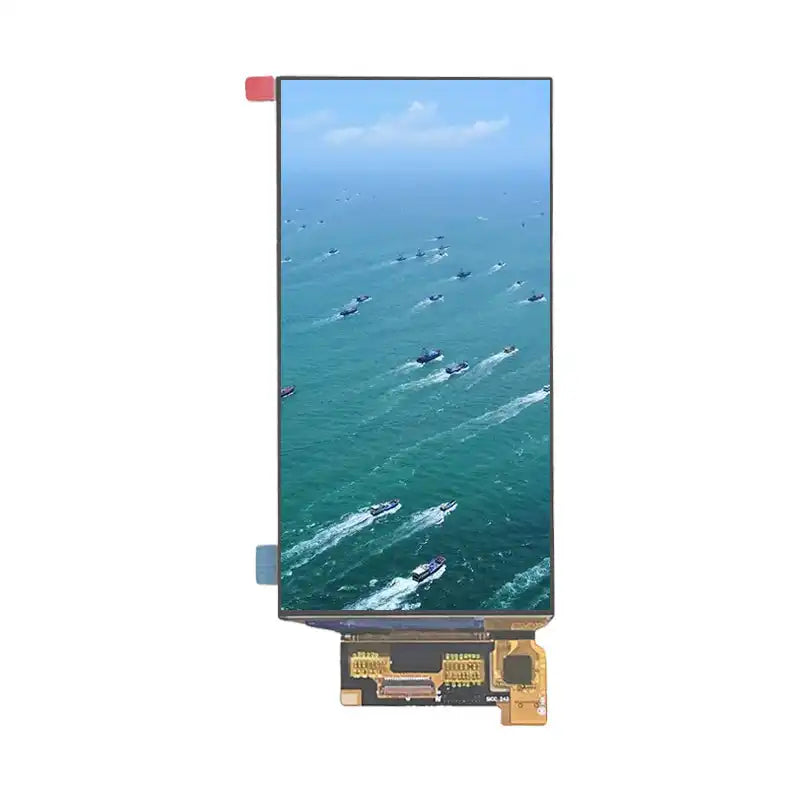
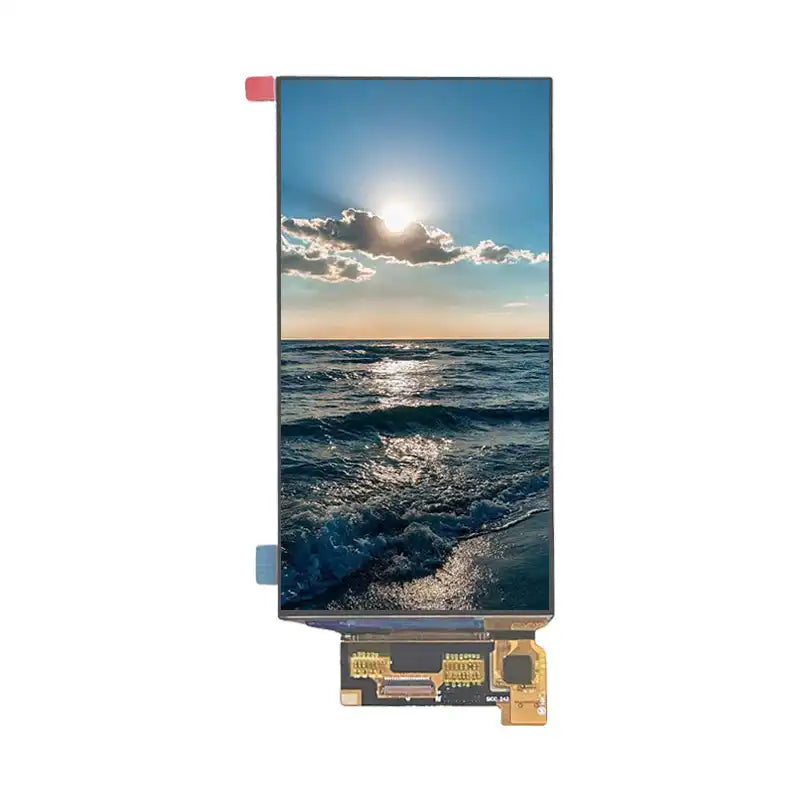
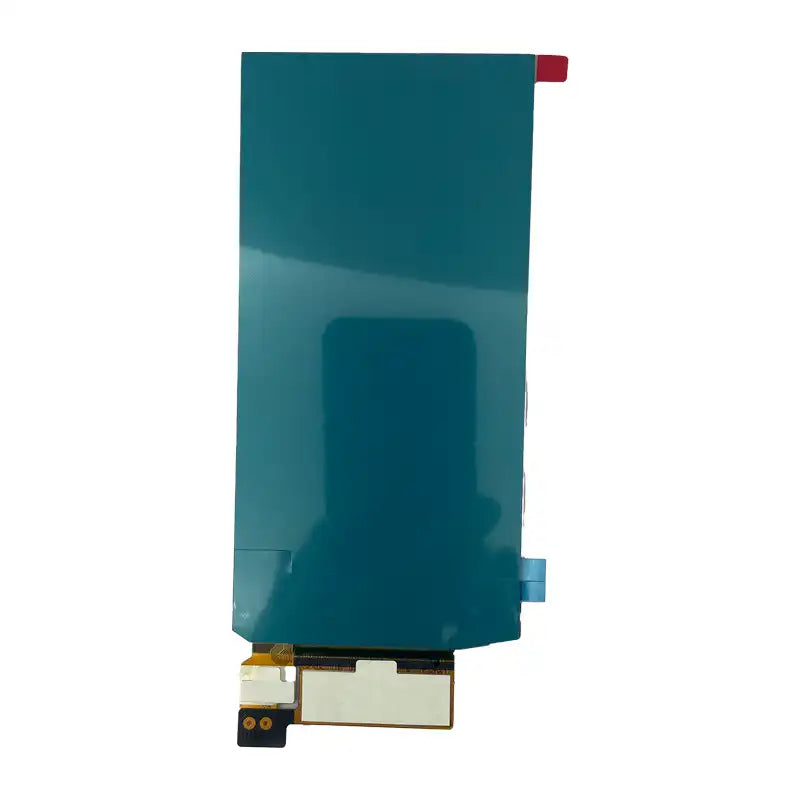
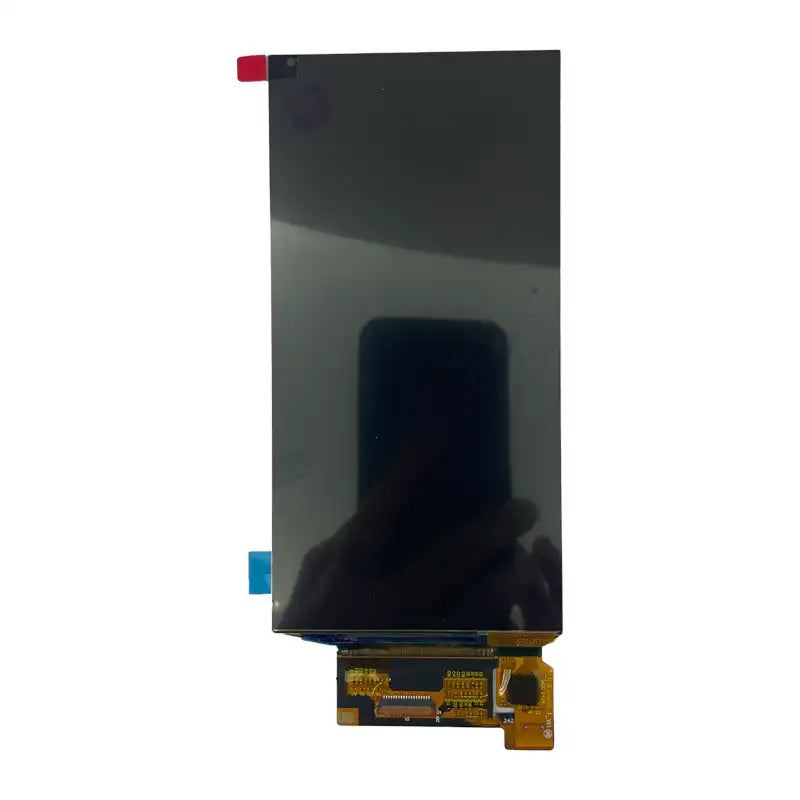
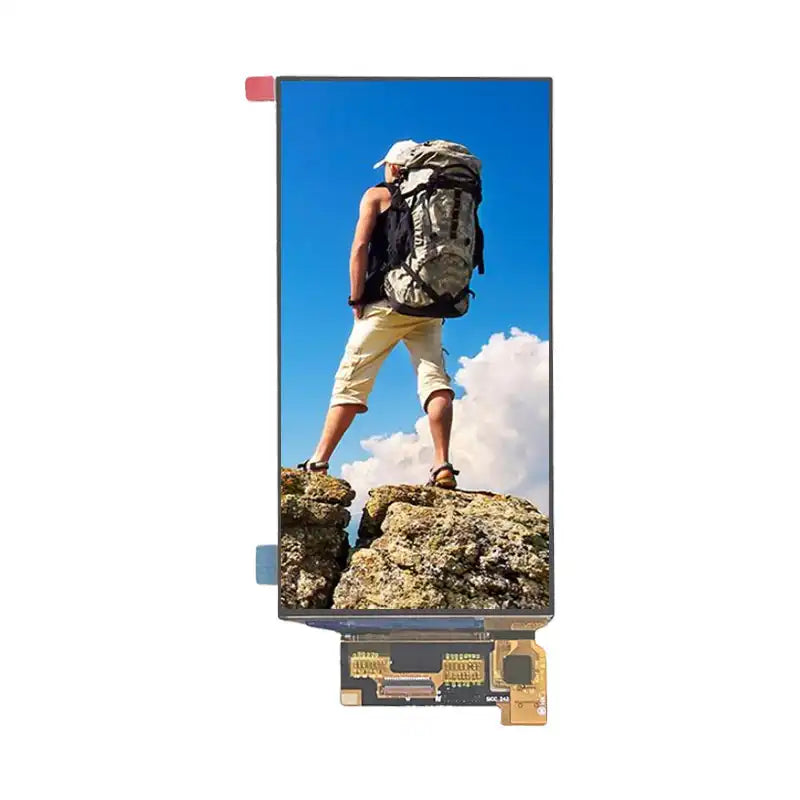
6.0 INCH AMOLED Display Module – Ultra-Slim Full HD+ Smartphone Display
Engineered for Brilliance, Built for the Future
The 6.0-inch AMOLED module (Model: BR600CSK-001) from Shenzhen Brownopto Technology Co., Ltd. is a high-resolution smartphone-grade display designed for modern mobile devices, smart handhelds, and advanced user interfaces. Featuring a sharp 1080 × 2400 pixel resolution and driven by the CH13726A driver IC, this AMOLED panel delivers vibrant colors, deep blacks, and excellent contrast. Built with LTPS (Low-Temperature Polysilicon) technology and a MIPI 4-lane interface, it supports high-speed data transmission for smooth graphics and video playback. The display offers a typical brightness of 500 cd/m², ensuring excellent visibility in various lighting conditions. With an ultra-slim module size of 67.25 × 146.87 × 0.8 mm, it is ideal for sleek, modern portable devices requiring high pixel density and energy efficiency.
Key Features
- Display Size: 6.0 inch diagonal
- Resolution: 1080 × 2400 pixels (Full HD+)
- Active Area: 65.448 × 145.144 mm
- Module Size: 67.25 × 146.87 × 0.8 mm
- Technology: AMOLED + LTPS Backplane
- Display Colors: 16.7 million
- Pixel Pitch: 0.0606 × 0.0606 mm
- Interface: MIPI 4-Lane
- Driver IC: CH13726A
- Brightness: 500 cd/m² (typ)
- Frame Rate: 60 Hz
- Surface Treatment: HC (Hard Coating), 2H
- Touch Panel: Without TP (Base Module)
- Compliance: RoHS 2.0
Technical Specifications
| Parameter | Value |
|---|---|
| Display Size (Diagonal) | 6.0 inch |
| Resolution | 1080(H) × 2400(V) |
| Active Area | 65.448(W) × 145.144(H) mm |
| Pixel Pitch | 0.0606(H) × 0.0606(V) mm |
| Module Outline | 67.25 × 146.87 × 0.8 mm |
| Display Mode | AMOLED |
| Backplane Technology | LTPS (Low-Temperature Polysilicon) |
| Color Depth | 16.7 million colors |
| Pixel Configuration | V-Style4 |
| Interface | MIPI 4-Lane |
| Driver IC | CH13726A |
| Frame Rate | 60 Hz |
| Luminance (Typ) | 500 cd/m² |
| Luminance (Min) | 450 cd/m² |
| Luminance (Max) | 550 cd/m² |
| Chromaticity (White) | x=0.299, y=0.3152 |
| Surface Treatment | HC (Hard Coating), 2H |
| With/Without TP | Without TP |
| Compliance | RoHS 2.0 |
Electrical Characteristics (Ta=25°C)
| Parameter | Symbol | Min | Typ | Max | Unit |
|---|---|---|---|---|---|
| Logic Power Supply | VDDIO | 1.65 | 1.80 | 1.98 | V |
| Analog Power Supply | VCI | 2.5 | 3.0 | 3.60 | V |
| OLED Positive Voltage | ELVDD | 4.55 | 4.60 | 4.65 | V |
| OLED Negative Voltage | ELVSS | -1.00 | -3.00 | -4.00 | V |
| Input High Level | VIH | 0.7×VDDIO | - | VDDIO | V |
| Input Low Level | VIL | 0.0 | - | 0.7×VDDIO | V |
Main FPC Pin Assignment (38-pin)
| Pin # | Symbol | I/O | Description |
|---|---|---|---|
| 1,7,10,13,16 | GND | GND | Ground |
| 2 | D0P | I | MIPI Data Lane 0+ (D0P) |
| 3 | D0N | I | MIPI Data Lane 0- (D0N) |
| 4 | GND | GND | Ground |
| 5 | D1P | I | MIPI Data Lane 1+ (D1P) |
| 6 | D1N | I | MIPI Data Lane 1- (D1N) |
| 8 | CLKP | I | MIPI Clock+ (CLKP) |
| 9 | CLKN | I | MIPI Clock- (CLKN) |
| 11 | D2P | I | MIPI Data Lane 2+ (D2P) |
| 12 | D2N | I | MIPI Data Lane 2- (D2N) |
| 14 | D3P | I | MIPI Data Lane 3+ (D3P) |
| 15 | D3N | I | MIPI Data Lane 3- (D3N) |
| 17 | TSP_RESET | I | Touch Panel Reset |
| 18 | TSP_SCL | I | Touch I²C Clock |
| 19 | TSP_SDA | I/O | Touch I²C Data |
| 20 | VCI | P | Analog Power Supply |
| 21 | TSP_AVDD | P | Analog Power for Touch |
| 22 | TSP_VDDIO | P | Digital Power for Touch |
| 23 | TSP_INT | O | Touch Interrupt |
| 24 | AVDD_EN | I | AVDD Enable Signal |
| 25 | SWIRE | I/O | SWIRE Interface |
| 26 | TE | O | Tearing Effect Output |
| 27 | RSTB | I | Display Reset (Active Low) |
| 28 | VDDIO | P | Logic Power Supply |
| 29-31 | ELVSS | P | OLED Negative Voltage |
| 32-34 | ELVDD | P | OLED Positive Voltage |
| 35 | MTP_PWR (NC) | - | No Connect |
| 36 | AVDD | P | Analog Power for OLED |
| 37 | ID (NC) | - | No Connect |
| 38 | ERR_FG | O | Error Flag Output |
Application Scenarios
- Smartphones & Handhelds: Modern smartphones with tall aspect ratios
- Portable Medical Devices: Advanced diagnostic and monitoring systems
- Consumer Electronics: Smart home hubs, audio players, wearables
- Industrial HMIs: Control panels, handheld terminals, kiosks
- Automotive Infotainment: Secondary displays or cluster upgrades
Handling Precautions
- Avoid mechanical pressure or bending on the display surface.
- Use ESD-safe tools and grounding during handling.
- Do not exceed absolute maximum ratings to prevent permanent damage.
- Follow power-on/off sequences as per datasheet.
- Store in a dry, dark environment to extend OLED lifespan.
Resource download: specification
Ready to Integrate the BR600CSK-001?
Contact us for samples, full datasheets, or technical support.
Request a Sample
Featured collection
OLED Custom Solutions
Our company offers custom-made OLED solutions, tailored to your unique display needs, ensuring high-quality, precision, and satisfaction.
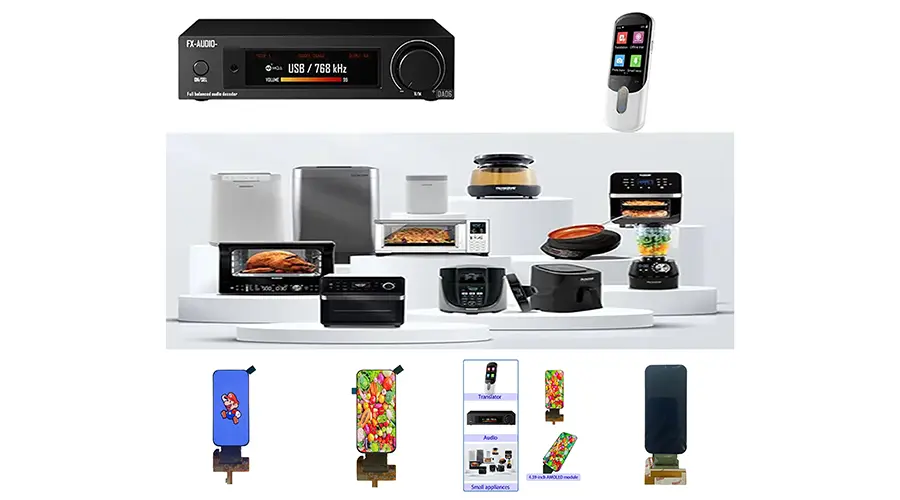
Size & Shape Customization
Tailor AMOLED dimensions and shapes (round, irregular, flexible/foldable) for wearables, phones, or industrial devices. Adjust form factors to match product design needs.
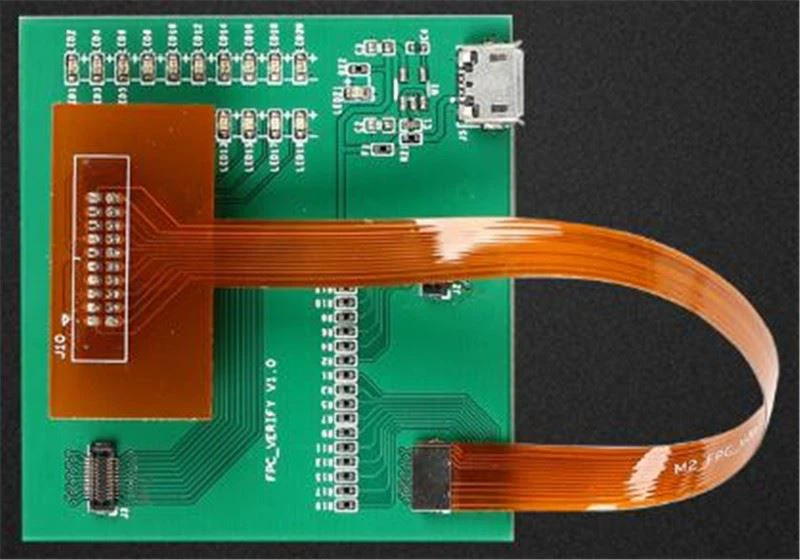
Resolution & Pixel Optimization
Offer HD to 4K+ resolutions and pixel densities for clarity. Enhance color accuracy and contrast for premium smartphones, tablets, VR/AR, and high-end displays.
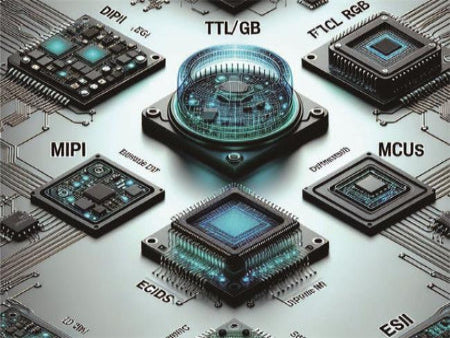
Interface & Driver Integration
Configure MIPI DSI/LVDS interfaces and driver ICs for seamless hardware compatibility. Add capacitive touch support for mobile, automotive, or industrial systems.
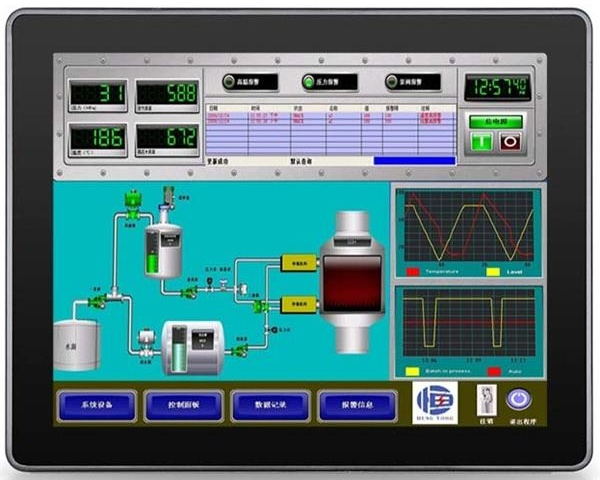
Optical & Durability Enhancements
Add anti-glare coatings, higher brightness, and IP-rated protection. Optimize for extreme temperatures, ensuring durability in outdoor, military, or harsh environments.
FAQ
Questions about OLED Displays
1. What factors affect the cost of a custom OLED?
- Size & complexity: Larger or flexible designs increase costs.
- Resolution/pixel density: Higher specs (e.g., 4K) require advanced manufacturing.
- Material quality: High-end materials (e.g., anti-glare coatings) add to pricing.
- Minimum order quantity (MOQ): Smaller batches may incur higher per-unit costs.
2. How long does it take to produce a custom OLED?
- Lead time: Typically 4–8 weeks after design approval, depending on complexity.
- Prototyping: Sample production takes 2–3 weeks for verification.
- Mass production: Delays may occur for high-volume orders or specialized components.
3. Can I request a flexible or foldable OLED?
- Yes, but with limitations:
- Flexibility: Curved designs require specialized substrates (e.g., polyimide).
- Durability: Foldable OLEDs need reinforced layers to prevent cracking.
- Cost: Flexible/foldable options are 20–50% more expensive than rigid panels.
4.How is the reliability of custom OLEDs tested?
- Key tests:
- Lifetime testing: Accelerated aging (e.g., 85°C/85% RH for 1,000 hours).
- Mechanical stress: Flexibility/folding endurance (100,000+ cycles for foldables).
- Environmental resistance: UV exposure, humidity, and thermal shock testing.
- Performance metrics:
- Luminance retention: >90% brightness after 10,000 hours.
- Color stability: Delta E < 3 for consistent color accuracy.
- Supplier accountability: Reputable manufacturers provide test reports and warranties (e.g., 2–5 years).
5.What industries benefit most from custom OLEDs?
- Consumer electronics: Smartphones, wearables, tablets.
- Industrial/medical: Control panels, diagnostic displays.
- Automotive: Dashboard screens, infotainment systems.
- Retail/entertainment: Digital signage, AR/VR headsets.

